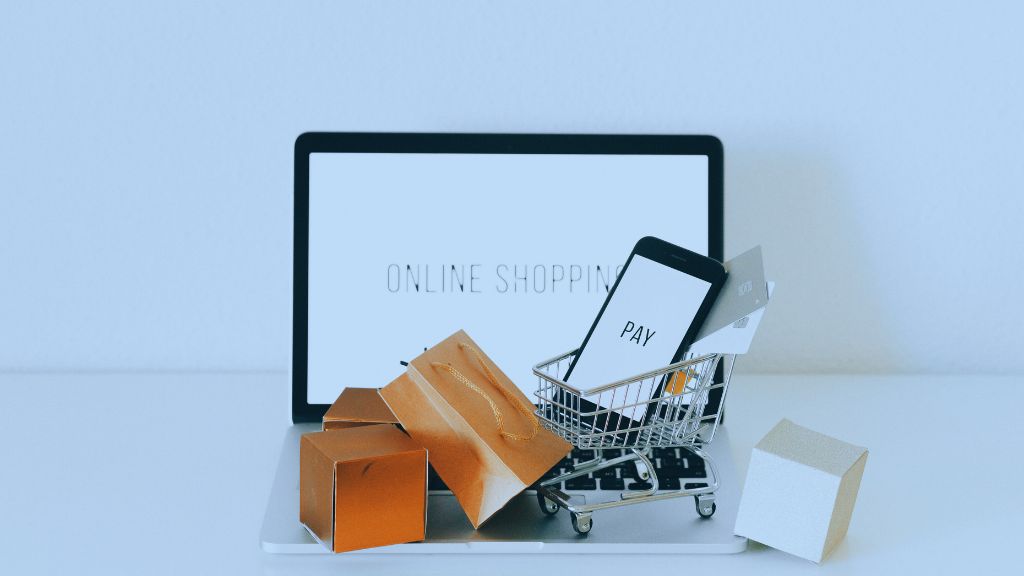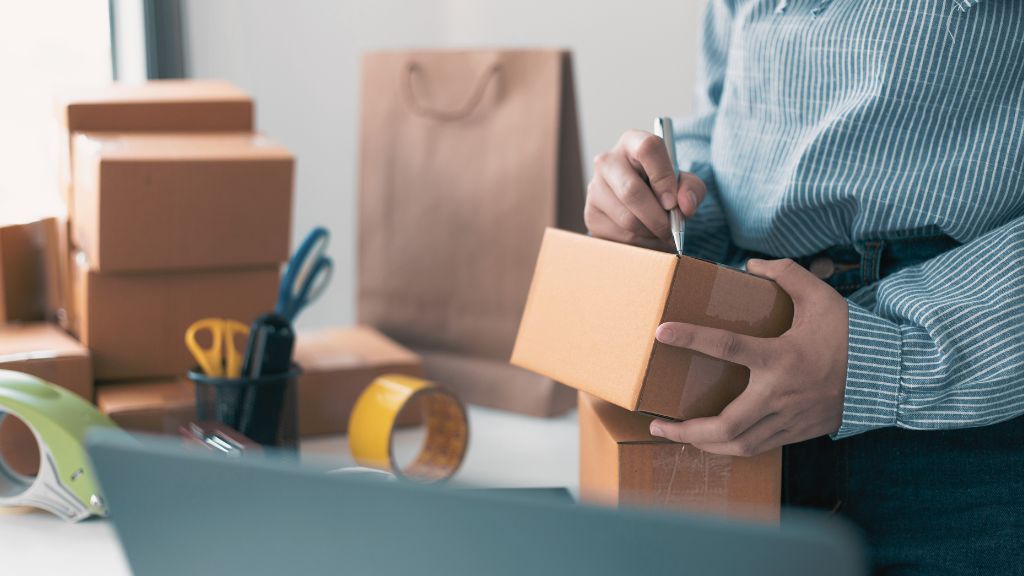Shopping for important items can often be a daunting task, especially when you’re trying to stick to a budget. However, with a few easy tips and strategies, you can make the process much easier and more manageable.
In this blog post, we’ll explore some practical ways to help you meet your budget and tell you What Can Help You Meet Your Budget While Shopping for Important Items.
1. Create a Budget
The first and foremost step in staying within your budget is to create one. A budget is essentially a plan for how you will spend your money. Here’s how to create a basic budget:
- List Your Income: Start by writing down all sources of your income.
- List Your Expenses: Include all your regular expenses, such as rent, utilities, groceries, and transportation.
- Set Spending Limits: Know how much you can afford to spend on different categories, like food, clothing, and entertainment.
Having a clear budget helps you understand how much you can allocate to shopping for important items.
Also read: Which Payment Option Takes Money Out of Your Bank Immediately?
2. Make a Shopping List
Before shopping, make the complete list of the items you need to stay focused and avoid impulse buying. Here’s how to create an effective shopping list:
- Prioritize Needs Over Wants: Focus on essential items first. If you have money left after purchasing the essentials, you can consider buying non-essential items.
- Stick to the List: Once you have your list, try not to deviate from it. This will help you avoid unnecessary purchases.
3. Do Your Research
Research can help you find the best deals and save money. Here’s how to do it:
- Compare Prices: Check different stores and online platforms to compare prices for the items you need.
- Check Reviews: Reading reviews can help you find quality products that are worth your money, avoiding the need to replace poorly made items quickly.
4. Take Advantage of Sales and Discounts
Sales and discounts can be a best way to save money on important items. Here’s how to make the most of them:
- Look for Coupons: Many stores offer coupons that can provide significant discounts. You can find these online, in newspapers, online, or through store apps.
- Wait for Sales: If you can wait, try to buy items during big sales events like Black Friday, Cyber Monday, or seasonal sales.
- Sign Up for Newsletters: Many stores offer discounts to customers who sign up for their newsletters. This can also alert you to upcoming sales.
5. Buy in Bulk
If you buy in bult it can save you money over time. Here are some tips for buying in bulk:
- Focus on Non-Perishable Items: Items like toilet paper, cleaning supplies, and canned goods are good options for bulk purchases.
- Check Unit Prices: Sometimes, buying in bulk isn’t cheaper. Always check the unit price (price per ounce, pound, etc.) to ensure you’re getting a good deal.
6. Use Loyalty Programs
Many stores have loyalty programs that give discounts, rewards, or cash back. Here’s how to use them effectively:
- Sign Up for Free Programs: Join loyalty programs at stores where you shop frequently.
- Track Your Points: Keep an eye on your points and redeem them for discounts or free items when possible.
7. Consider Generic Brands
Generic or store brands are often cheaper but just as good as name brands. Here’s how to make the switch:
- Try Generic Products: Start with a few items to see if you like them.
- Compare Ingredients: Check the ingredients list to ensure you’re getting a comparable product.
8. Avoid Impulse Buys
Impulse buying can quickly derail your budget. Here’s how to avoid it:
- Shop with a Plan: Know what you need and stick to your list.
- Give Yourself a Cooling-Off Period: If you see something you want but don’t need, wait 24 hours before buying it. You might find you don’t really want it after all.
9. Use Cash Instead of Credit
Using cash can assist you stick to your budget because you can physically see how much you’re spending. Here’s how to do it:
- Withdraw a Set Amount: Before you go shopping, withdraw the amount of cash you’ve budgeted.
- Leave Cards at Home: This helps you avoid the temptation to overspend.
10. Plan Your Meals
Food is often a significant part of any budget. Planning your meals can help you save money on groceries. Here’s how:
- Create a Weekly Meal Plan: Decide what you’ll eat for the week and make a shopping list based on your plan.
- Cook at Home: Eating out can be expensive. Cooking at home saves money and allows you to make healthier choices.
- Use Leftovers: Plan to use leftovers for lunches or other meals to reduce waste and save money.
Also read: Which Payment Option Takes Money Out of Your Bank Immediately?
11. Shop at Discount Stores
Discount stores can offer significant savings on many items. Here’s how to make the most of them:
- Know What to Buy: Some discount stores are great for certain items like household supplies and non-perishable foods.
- Inspect Quality: Sometimes, items at discount stores can be of lower quality, so inspect what you’re buying carefully.
12. Set Aside Savings for Big Purchases
For larger purchases, set aside a small amount of money each month until you have enough to buy the item. Here’s how:
- Create a Savings Plan: Figure out how much you need to save each month to reach your goal.
- Open a Separate Account: Consider opening a savings account specifically for big purchases to keep the money separate from your regular spending money.
13. Use Cashback Apps and Websites
Cashback apps and websites can help you earn money back on your purchases. Here’s how to use them:
- Sign Up for Multiple Platforms: Different apps and websites may offer different deals, so it’s worth signing up for several.
- Check for Offers Before Shopping: Look at the available offers before you shop to maximize your savings.
14. Repair Instead of Replace
Sometimes, repairing an item is cheaper than replacing it. Here’s how to decide:
- Evaluate the Cost of Repair: Get an estimate for the repair cost and compare it to the price of a new item.
- Consider DIY Repairs: For minor issues, you might be able to repair items yourself with the help of online tutorials.
15. Borrow or Rent Items
For items you only need occasionally, consider borrowing or renting instead of buying. Here’s how:
- Ask Friends and Family: They might have the item you need and be willing to lend it to you.
- Look for Rental Services: Many places offer rentals for items like tools, equipment, and even clothing.
Also read: Which Example Shows an Advantage of Owning a Car Over Leasing One?
Conclusion
Sticking to a budget while shopping for important items doesn’t have to be stressful. By creating a budget, making a shopping list, doing your research, and taking advantage of deals and offers, you can save money and avoid overspending. Remember to prioritize needs over wants, avoid impulse buys, and consider alternatives like borrowing or renting for items you don’t use often. With these strategies, you can meet your budget and still get the important items you need.



